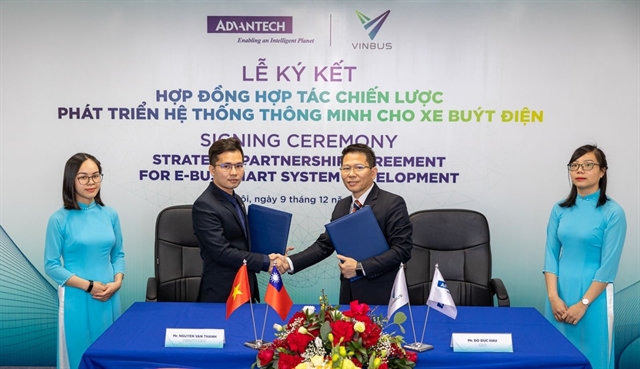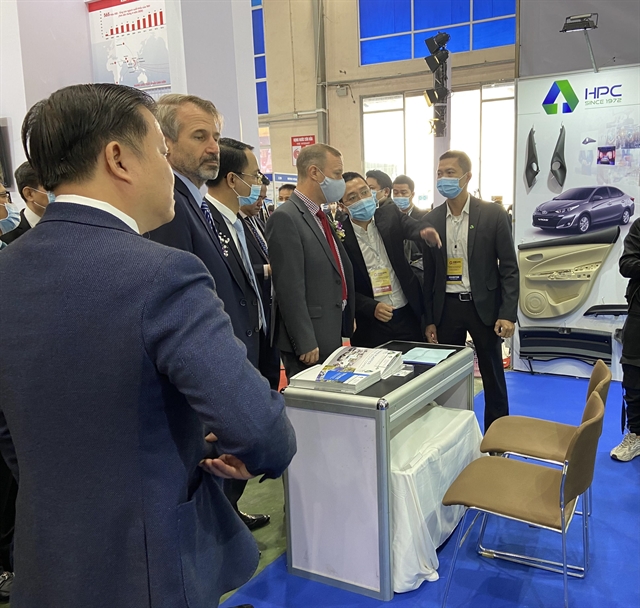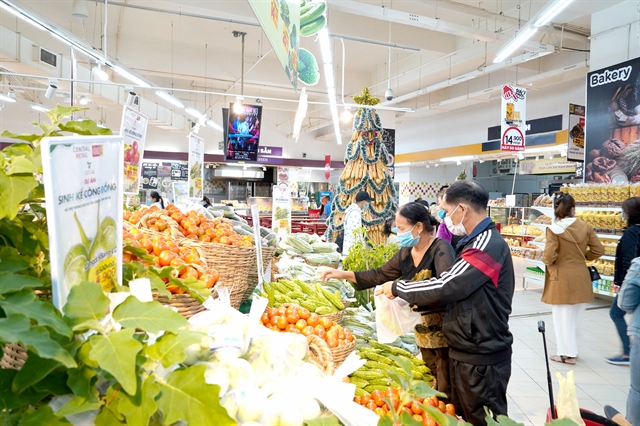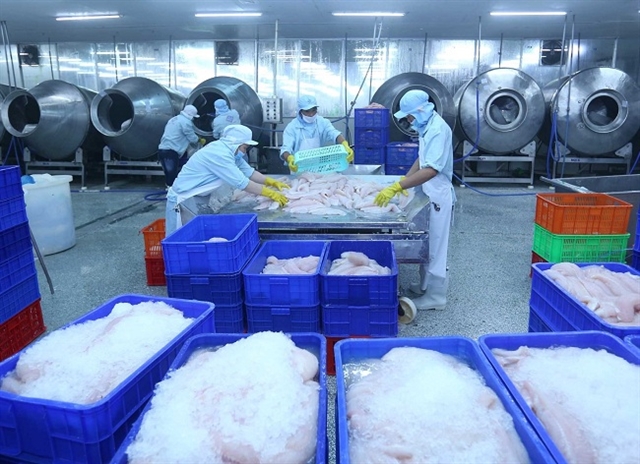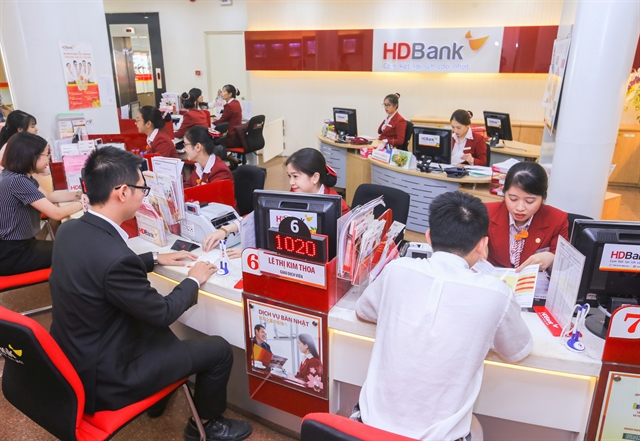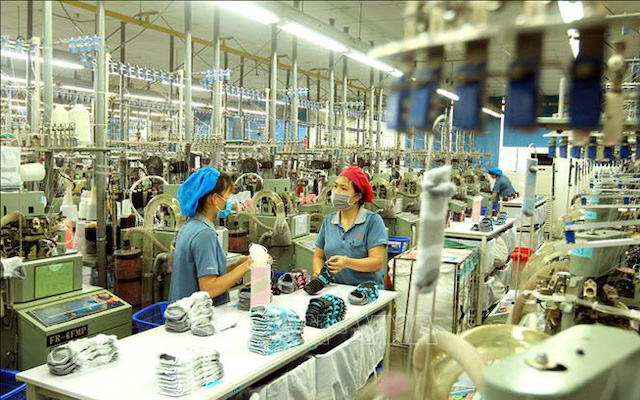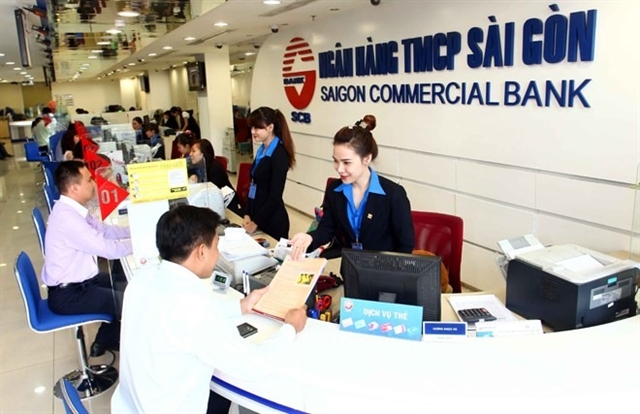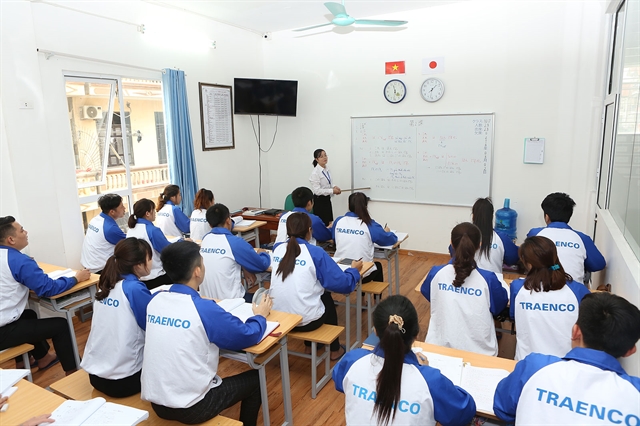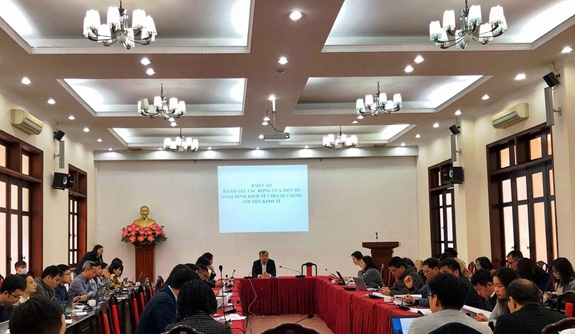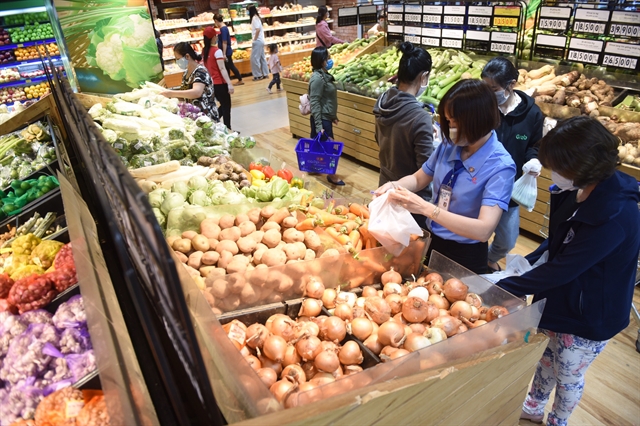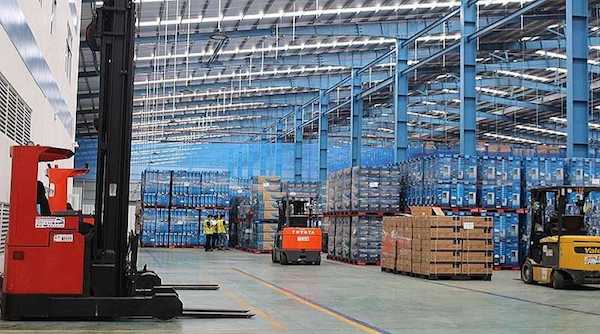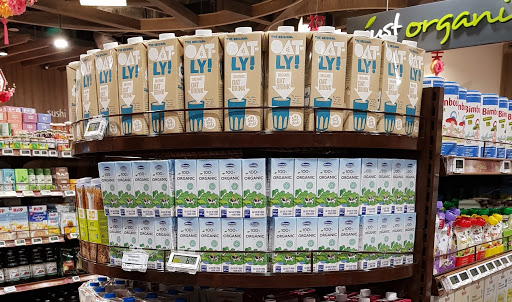
HÀ NỘI — Vietnamese enterprises have the opportunity to promote trade with countries in the Eurasian region, taking advantage of reduced tariff and non-tariff barriers.
The information was released at the annual trade forum on co-operation with partners from the Eurasian region held in Hà Nội on Thursday.
Speaking at the forum, Deputy Minister of Industry and Trade, Đặng Hoàng An said: “Traditional friendship and good multifaceted co-operation between Việt Nam and other countries in the Eurasian region have been fostered by generations of leaders and peoples on the basis of trust, understanding and willingness to help each other. This is a valuable asset and an important resource for the development of economic, trade and investment relations between Việt Nam and other countries in the region.”
Currently, 11 out of 27 partner countries of Việt Nam in the Eurasian region have joined the European Union (EU) and five countries in the process of joining the EU. Five countries, including Russia, Belarus, Kazakhstan, Armenia and Kyrgyzstan, have established the Eurasian Economic Union. Việt Nam already has a Free Trade Agreement with the EU and the Eurasian Economic Union.
In addition, Việt Nam and other countries in the Eurasian region have established solid institutions and legal frameworks for the development of bilateral co-operation including 14 intergovernmental committees, joint committees and a consultation mechanism for bilateral economic co-operation.
An added that the ministry would continue to remove barriers, establish legal frameworks to facilitate trade and investment, further strengthen trade promotion activities such as forums, dialogues and exchange information with markets, localities and businesses.
Tạ Hoàng Linh, head of the ministry’s European - America Market Department, said bilateral trade relations between Việt Nam and countries in Eurasia are constantly being developed.
Statistics from the Việt Nam General Department of Customs showed that in 2019, two-way trade turnover between Việt Nam and the region reached US$10.4 billion, up 20.78 per cent from the previous year, accounting for 2 per cent of the country’s total import- export turnover. Of which, Việt Nam’s export turnover increased by 6.43 per cent to $7.2 billion.
Despite facing the unstable developments of global trade and the COVID-19 pandemic, the trade turnover with the region in the first 10 months of 2020 showed that this is still an impressive growth in the picture of Việt Nam’s import and export. The total two-way turnover reached $10.34 billion, up 17.98 per cent from the same period last year. Of which, export turnover reached $7.18 billion representing a 16 per cent year-on-year increase while import turnover reached $3.16 billion, up 22.35 per cent over the corresponding period last year.
Representatives of embassies from the region in Việt Nam, Việt Nam Trade Counselors in Eurasian countries, representatives of exporters, and Việt Nam industry associations shared updates on the markets as well as solutions to help businesses overcome difficulties and challenges.
They agreed that if calculating the total import turnover of the region in the first 10 months of 2020 at about VNĐ1.4 trillion, Việt Nam’s export turnover only accounted for 0.5 per cent of the market share, showing that the room for the country’s exports is still very large.
In the future, the effective utilisation of Free Trade Agreements (FTAs) with the Asian Economic Union and the European Union will also strongly promote trade, industry and investment co-operation between Việt Nam and Eurasian countries as well as Eastern Europe and Central Asia.
Participants said Việt Nam Trade Office system in other countries and embassies, trade representatives play an important role in providing updated market information to the business community, helping increase opportunities for importing and exporting goods, expanding and diversifying products.
Notably, Việt Nam’s Trade Affairs in other countries act as an important bridge for trade promotion and introduction of Việt Nam’s image to the world, especially key export products such as seafood, fruit, vegetables, electronics and electronic components, textiles, furniture and footwear. — VNS

